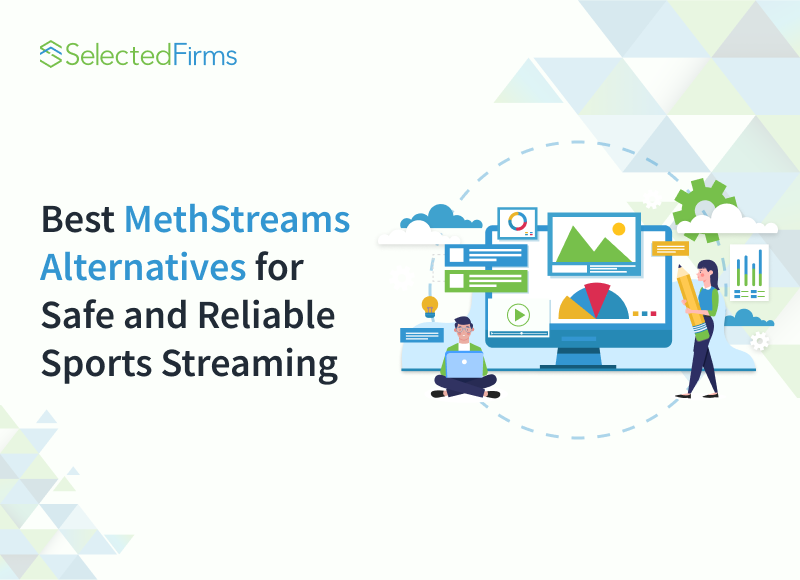Table of Contents
Smarter screening software helps businesses reduce fraud, protect digital trust, and ensure smooth, secure experiences for customers in real time.

Digital transactions power nearly every industry today, but the speed and scale that make them convenient also make them vulnerable. As outlined in Cloudflare’s guide to securing digital ecosystems, keeping infrastructure resilient against evolving threats is just as critical as detecting them.
The real challenge isn’t volume, it’s sophistication. That’s why businesses need smarter screening that evolves in real time, protects trust, and preserves the seamless experience customers expect.
Smarter screening software is a modern solution, giving companies more efficient tools to detect risks early and reduce fraud. They ensure that trust between customers and companies is established, and that they’ll return.
In this article, we’ll explore the importance of digital trust solutions and the features that make them effective.
Why Smarter Screening Matters From the Start
Fraud can happen in seconds, and outdated manual reviews or one-size-fits-all checks often can’t keep up with sophisticated cyber threats.
Businesses need tools that quickly verify identities, detect suspicious behavior, and flag high-risk customers. When someone signs up, it should be clear almost immediately whether they’re a politically exposed person, a potential fraudster, or a legitimate user.
SEON’s customer screening software helps make this possible. It verifies identities, identifies risky behavior, and keeps the onboarding process smooth for genuine customers.
Smart customer screening also strengthens trust and ensures regulatory compliance. By catching risks early, businesses can prevent fraud attempts that might otherwise lead to financial losses, reputational damage, or legal trouble.
Key Features of Smarter Screening Software
The features built into risk assessment systems can differ widely depending on the provider. Generally, you’ll find some of these in the majority of options on the market. Depending on your industry and the number of transactions you have to monitor, some features are more helpful to you than others.
AI and machine learning for adaptive risk detection
The latest technological advancements, such as widespread AI and machine learning adoption, have significantly contributed to fraud detection. These systems learn from large volumes of data, which is a significant improvement compared to the traditional rule-based detection.
Using AI for screening software ensures that not only past threats can be detected, but that the companies will stay ahead of potential future threats. Of course, this system isn’t perfect, but we’re continuously evolving and adapting.
The biggest benefit of adaptive risk detection is that frauds won’t be recognized once they’re executed, but as soon as they’re on the horizon. This prevents financial losses and reputational blows, which is a major advantage.
Real-time monitoring and automated decision-making
Delays in fraud detection can cost businesses thousands of dollars. On the other hand, real-time monitoring ensures that every login, transaction, or account change is instantly analyzed.
Automated decision-making enables the system to recognize safe activity, flag suspicious behavior, and even block high-risk actions immediately. At the same time, it minimizes the chances of fraud occurring, while regular users don’t have to go through a long review period before making their transaction.
One way in which fraudsters conduct their activities is through proxies and VPNs. This ensures that their true location is hidden and that restrictions are bypassed.
Companies using IPinfo’s tool for detecting proxies and VPNs can immediately see when a customer is masking their location, determine whether the connection is trustworthy, and automatically stop suspicious sign-ups or transactions. That context turns real-time monitoring from a passive check into an active safeguard.
Seamless integration with existing systems
Regardless of the industry, companies are now using dozens of different tools and platforms to conduct their operations, ranging from CRMs to payment gateways. While these tools streamline various processes, they also increase the attack surface.
Smarter screening solutions are designed with flexible APIs that integrate smoothly into these systems. This makes the integration of screening solutions with various tools much easier. At the same time, implementing fraud checks into these platforms won’t disrupt any operations or slow down the experience of employees or users.
Customizable risk thresholds and workflows
Each business is unique in terms of the risks it faces. Financial platforms must exercise extra caution with PEPs, whereas e-commerce stores face the challenges of chargeback fraud and stolen credit cards. This is why these tools need to be tailored to each company’s unique risks.
Different red flags emerge for various types of fraud, making it crucial to set specific rules and customize risk thresholds. Various factors come into play here, besides the industry, like the customer base and regulatory requirements for the industry.
This also streamlines the reporting process, as it allows the right personnel to tailor reviews and reports. Ultimately, the risk customization threshold process must also ensure a streamlined customer experience.
Enhanced reporting and audit capabilities
Industries handling sensitive data, particularly financial information, must prioritize auditing and reporting. These smart solutions include built-in features for reporting and auditing.
This significantly streamlines the process of ensuring your business adheres to AML, KYC, and sometimes even data regulations. If your company operates in the fintech sphere, then you’ll likely have a team dedicated to sending proper reports.
Traditionally, this process was done manually, which is often tedious. Features included in transaction monitoring software make compliance tasks far easier to handle. In the long run, these features help with analyzing trends and refining the fraud prevention strategies in the long term.
Benefits for Businesses
Although it’s mentioned indirectly throughout the article, let’s explore a few benefits that businesses might have from implementing screening software. Most importantly, your customers are often your responsibility according to regulations.
If your robust fraud prevention system stops a customer from suffering from a stolen credit card, that’s a massive reputational boost. Depending on the number of transactions that your business has daily, you can potentially save thousands of dollars for your business and for your customers as well.
Furthermore, suffering a data breach or having a PEP exploit your platform can lead to a number of legal actions taken against your business. So a small fee paid for a fraud detection platform is minor compared to the consequences of falling victim to fraud.
Other Ways of Reducing Risk
In addition to screening transactions and identifying users, companies should also consider other methods to ensure digital trust. Your company and users can suffer from threats, like brute-force attacks or phishing.
Companies should make sure to implement basic cybersecurity training for their employees. Many perfect systems and protocols were compromised due to an intentional or unintentional human action.
The basic training should incorporate lessons on creating strong passwords and using secure, enterprise-grade password managers. Understanding phishing attacks is also quite important.
Employees with certain privileges who have their accounts compromised can lose thousands of dollars due to hackers exploiting them. With that being said, companies should adhere to the principle of least privilege.
This means that once an employee’s tasks and operations are set, they shouldn’t have privileges higher than the ones they need. For example, if they’re a marketing employee, there’s no need for them to access sensitive financial documents.
Implementing firewalls and anti-virus software can be quite helpful in terms of technical security measures against cyber risks. Firewalls are basically hardware or software barriers between a company’s internal and external communication.
Digital Trust Solutions Play a Key Role in Protecting Businesses in 2025
Even though you might think that your industry isn’t at risk from fraud, there’s a high likelihood that this isn’t true. No business is too small to become a victim of fraudsters or hackers, which makes cybersecurity a priority for everyone.
For smaller businesses, smarter screening can feel like just another expense. In practice, it’s a core part of keeping operations safe. The cost of fraud, reputational damage, or regulatory penalties is far greater than the price of prevention.
In 2025 and beyond, screening software is more than a defensive shield. It helps build customer trust, speeds up onboarding, and supports secure growth. The companies that treat it as essential infrastructure will be the ones that thrive as digital risks continue to rise.
If you’re running a business, consider the benefits of advanced risk assessment systems. Some features stop fraud before it happens, while others help minimize its impact.
Recent Blogs
12 Best MethStreams Alternatives for Safe and Reliable Sports Streaming in 2026
-
18 Dec 2025
-
12 Min
-
36
Real World Digital Transformation Use Cases in Real Estate, Tech, and Recruiting
-
17 Dec 2025
-
6 Min
-
144








